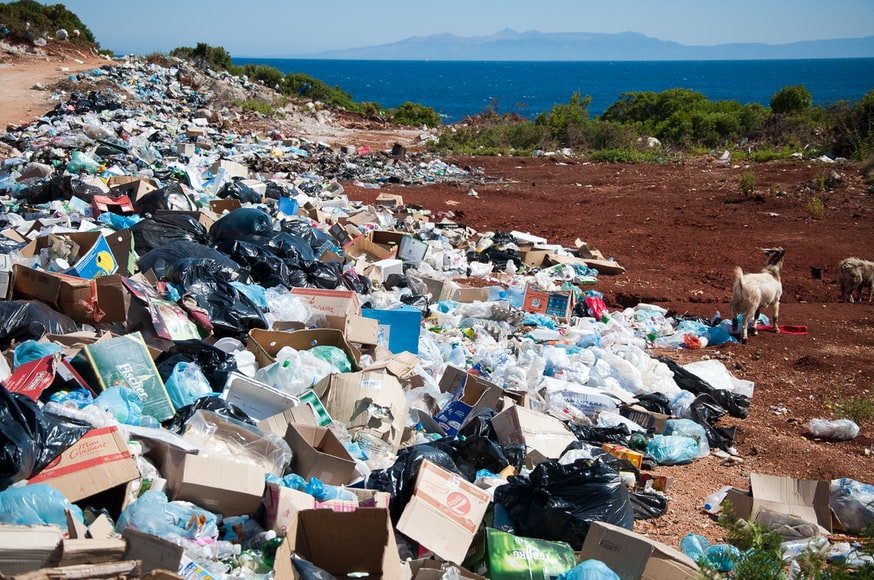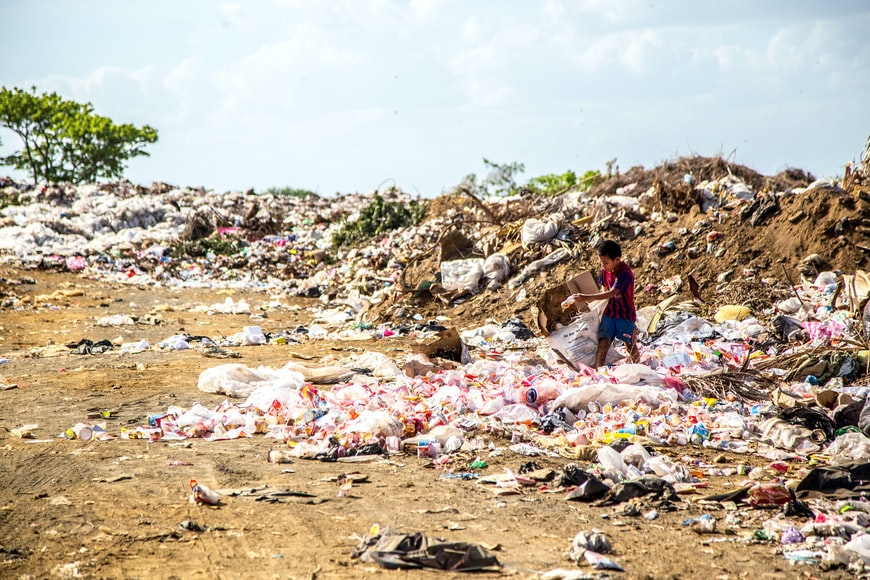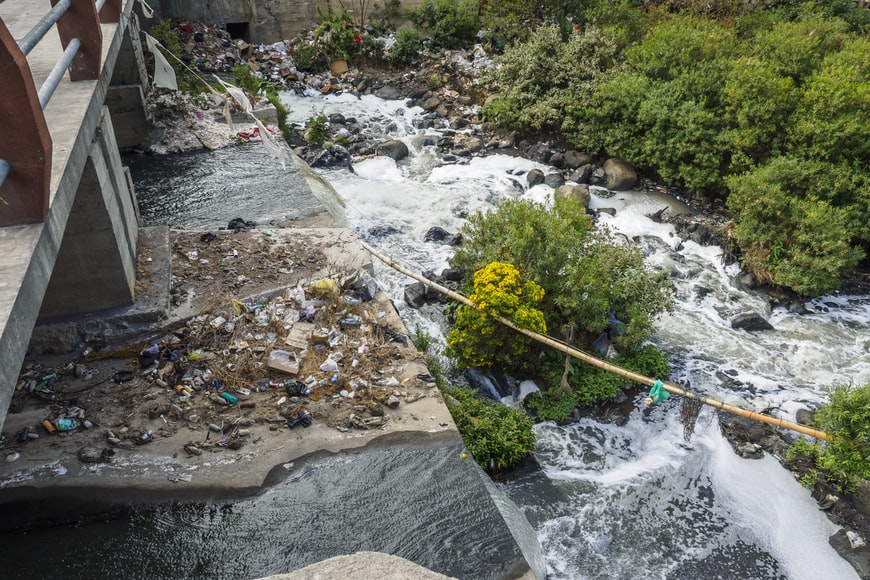What Is The Purpose Of Landfills?
Businesses and households generate a lot of garbage, and landfills are needed to dispose of it. It is projected that this waste would continue to grow as when the population grows and with existing purchasing habits in place.
General garbage (everything that can’t be recycled) still needs to be handled securely and effectively, despite increased recycling rates.
What Can We Do To Reduce The Amount Of Waste We Put In Landfills? Liquid Waste Management: What’s The Answer?
For the most part, people understand the importance of reducing the amount of waste they generate and send to landfills. An image of a garbage-strewn, stinking landfill filled with scavenger birds & flies springs to mind when you hear the phrase “landfill.” Not to mention the environmental damage and pollution that landfills cause, issues that are increasingly being discussed.
The concept of “zero waste” may be familiar to you. Find out more about this topic by visiting this website. A zero-waste lifestyle suggests that you try for as little single-use trash as possible, preferring instead to adopt reusable and sustainable alternatives. It involves minimising the amount of waste you send to landfills. Everything from meals and drinks packaging to hygiene items to clothes may be replaced with reusable alternatives, whether they are made from more sustainable materials or are plastic-free, helping the environment, communities, and the circular economy as a whole.

Three R’s: Reduce, Reuse, Recycle. This includes lowering the amount you “use,” reusing as many as you can, recycling what you can, composting what you can’t, and lastly sending the small amount of garbage that is still left to landfills. It all boils down to making a concerted effort to do better.
In order to deliver less wastage by being more environmentally friendly, Unisan is passionate about helping businesses substantially raise their recyclability and better manage their waste. It can make a big difference if you have an efficient recycling station.
Tips For Improving Recycling At Work Include:
Make a bin station “foolproof” by clearly stating what may and cannot be placed in each container. Anyone using the container will be able to tell immediately where to place their rubbish.
There should be enough of them – it should be as effortless for your employees to recycle rubbish as it is to throw things away in the trash bin.
Removing personal containers will make it less enticing to throw all rubbish in one bin. In effort to allow recycling as convenient as single-stream garbage disposal, it may be necessary to make it more difficult to avoid recycling!
Set up a waste-awareness event or campaign. The best way to ensure that employees are aware of what they may and cannot recycle is to explain the procedure thoroughly to them. Today, several waste management businesses will host an event at your company to educate employees on the methods they use to collect and dispose of waste.
Conclusion
According to theory, properly constructed and maintained landfills may be able to hold back harmful chemical and leachate wastes for hundreds of years when there are no seismic or subsurface methane gas explosions. It’s not possible to contain the enormous amounts of landfill gas released by landfills.
Landfills produce nearly as much carbon dioxide that methane before it is burned. A typical dumpsite emits hundreds of tons of carbon dioxide each month after accounting for methane emissions.
We should strive to eradicate landfill waste in our helping to build our organisations or waste management more sustainable.






